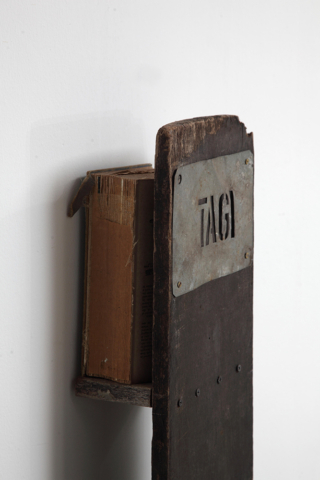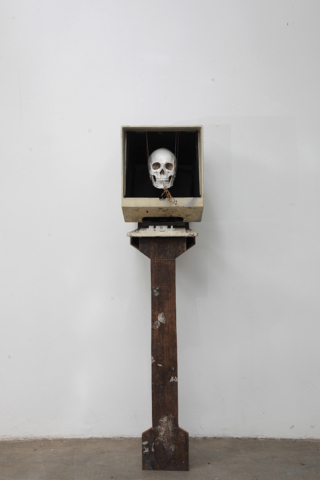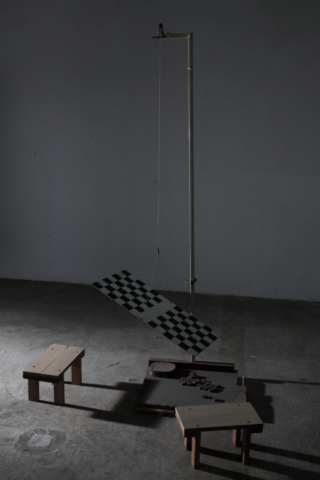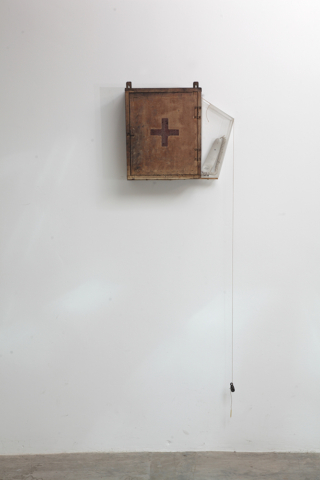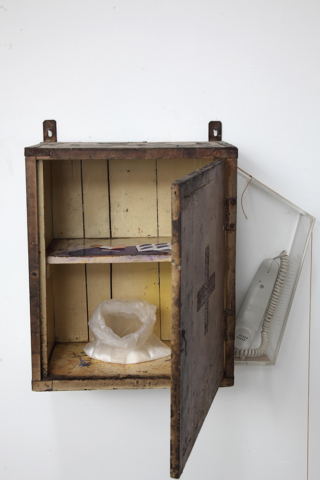Tagistan
Zhongshan Annexe, Kampung Atap 2020
Tagistan is the latest body of work from multidisciplinary artist Dhavinder Singh ranging from installation, video and drawing capturing the transformation of his childhood place, Jalan Chan Sow Lin, from an old industrial area to one of the heaviest reconstruction site due to its excessive development. Expanding from his previous works Recollectus and Test Tanah, the third solo exhibition concern on local history and its endangerment under the wave of rigorous industrialization.
Growing up surrounded by factory and warehouse, Dhavinder was all too familiar with the mechanized environment of sprawling town. Born into a Punjabi family, Jalan Chan Sow Lin holds dear to his upbringing. Nestled between the Sungai Besi airport and Pudu, it once populated by a small community consisting workers from various factories and workshops around the area. Historically, the area was named after the Chinese tin tycoon, Chan Sow Lin, who introduced iron industry in the early 20th century and gradually developed as the area occupied by iron works and automotive factories towards the 90s. Today, the streets in Chan Sow Lin are lined with dilapidated warehouses, shops and squatter homes. In effort to safekeeping the reminiscence of its heyday, Dhavinder gathers fragments of discarded objects from abandoned settlement, offer a conjectures that repurpose its artefact without compromising its history.
The title Tagistan inspired by the word tagi, loosely translated as ‘storage’ in Dutch, and –stan, a suffix usually referred to ‘place’. The wordplay lends itself as a sense of longing towards a distance place once he called home. In general, Tagistan addresses the impact of environmental change, and its influence towards artists’ endeavor, who take a reflective look on his past in the face of fluctuating environment. To borrow a quote from John Berger, ‘(We) only see what we look at. To look is an act of choice. We never just one thing; we are always looking at the relation between things and ourselves.’ Visual data, be it text or images, simultaneously stimulates the mind, in this case, the artist mind. Tagistan is an effort to retain a vernacular history by utilised found objects from abandoned buildings around Jalan Chan Sow Lin. Employing concept of ‘storage’, Dhavinder constructed mechanism to mobilize the idea of ephemeral by creating an intimate capsule informing the bygone era heavily saturated with personal recollection and history of the place. The minimalist and playful nature of Dhavinder body of work adopted the language of Arte Povera, to form a personal narrative through a redeployment of physicality from the lost settings through the usage of carefully curated found materials.


